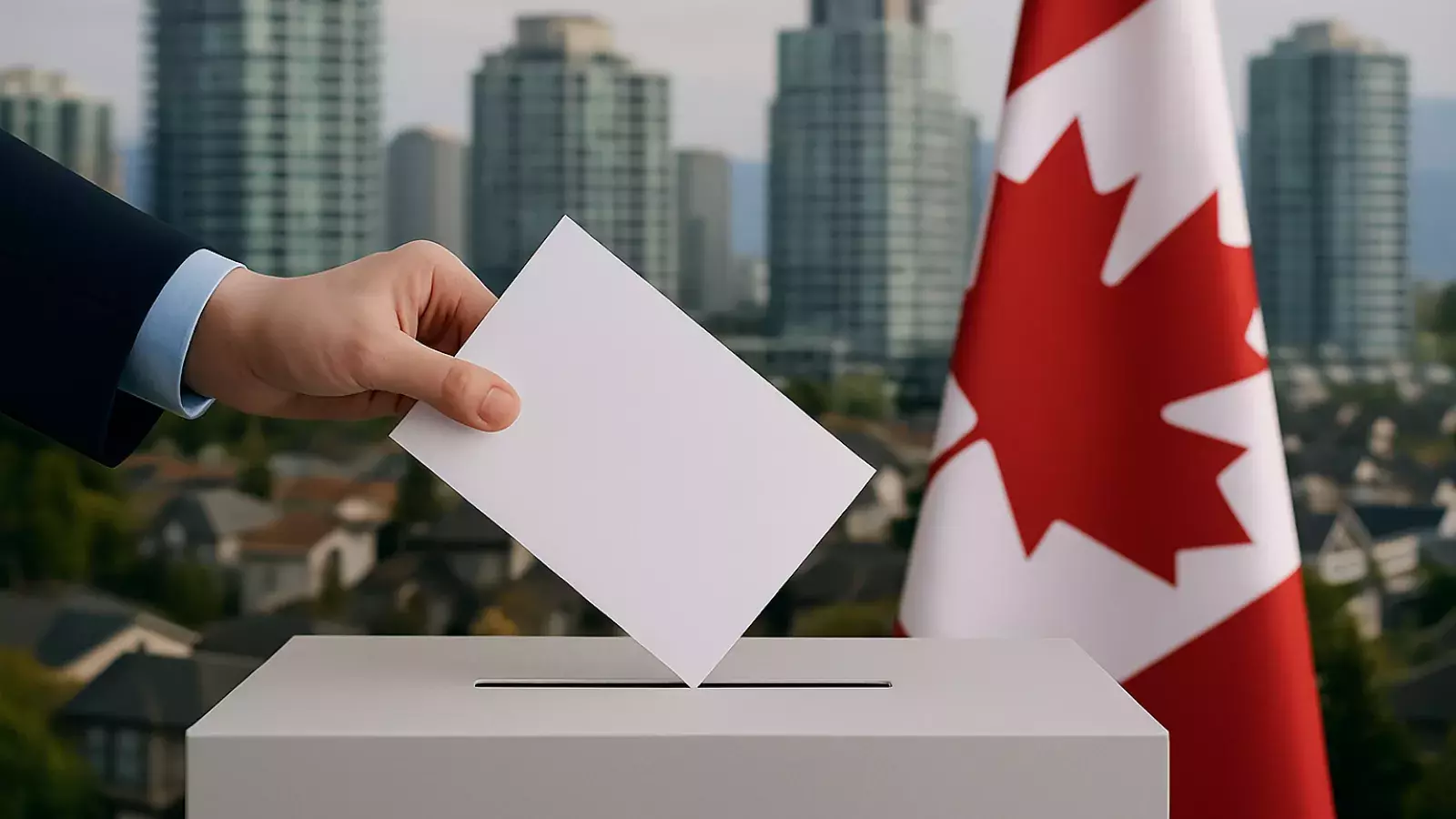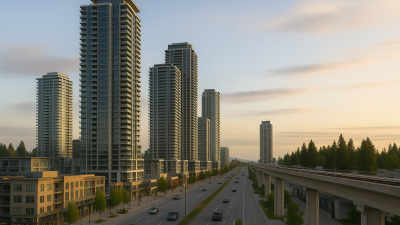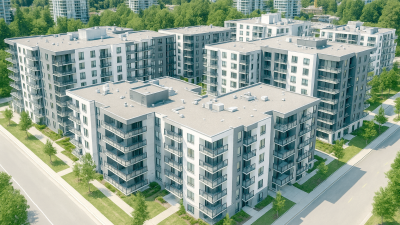As Canadians prepare to head to the polls on April 28, housing and affordability remain top of mind with voters. With a recession looming amidst global trade uncertainty and potential for interest rate volatility, the election outcome will shape more than just policy: it will influence the future of real estate investment, development, and ownership across the country.
The major parties—Liberal, Conservative, NDP, and Green—have each outlined distinct housing strategies. While all parties acknowledge Canada’s housing crisis, their proposed solutions vary significantly in approach and potential impact. From supply-side accelerators to tax relief and rent protections, here's a look at how the platforms stack up side by side.
Housing Supply
Liberals: The Liberals plan to increase the pace of construction to build nearly 500,000 new homes a year. Proposed measures include building affordable housing on public land, including federally owned properties in urban centres, and investing over $25 billion in financing for innovative prefabricated homebuilders. Their platform also calls for the Housing Accelerator Fund to transition into a mechanism for direct federal development.
Conservatives: The Conservatives plan to increase housing starts by 15% every year, compounded annually. Their housing platform proposes tying federal infrastructure funding to housing outcomes and fast approvals for building permits, while providing “super bonuses” to municipalities that greatly exceed their housing targets.
NDP: The NDP pledge to build 3 million new homes by 2030, including non-market and affordable options. This includes building more than 100,000 rent-controlled homes on federal land by 2035. The party also plans to replace the existing Housing Accelerator Fund with a permanent, $16 billion national housing strategy.
Green Party: The Greens support scaling up non-market housing through direct federal investment. Their housing strategy includes building 300,000 units of affordable community-led housing and supporting co-op and mixed-use developments. They propose using federal surplus land to enable sustainable and inclusive growth.
Affordability and First-Time Buyers
Liberals: The Liberals plan to eradicate the GST for first-time homebuyers on homes at or under $1 million. Their strategy also calls for a $10 billion investment in low-cost financing and capital for affordable home builders.
Conservatives: The Conservatives pledge to eliminate the federal portion of the GST on new homes under $1.3 million. The party also plans to sell 15% of the federal government’s 37,000 buildings at market, and mandate their conversion into affordable housing.
NDP: The NDP plan to offer long-term low-interest mortgages to first-time homebuyers through the Canada Mortgage & Housing Corporation (CMHC). Their strategy also calls for building over 500,000 affordable homes and introducing new national renter protections to prevent renovictions and price gouging.
Green: The Greens propose extending the GST exemption to homes built for affordable homeownership by non-profit organizations, such as Habitat for Humanity. Their platform also includes a commitment to adopt a universal definition of affordability, creating a more consistent and transparent benchmark nationwide.
Speculation, Taxation, and Global Investment
Liberals: The Liberals plan to maintain the current two-year foreign buyer ban on residential real estate, introduced in 2023. They will continue enforcing the national vacancy tax and propose keeping the capital gains inclusion rate at 50% for non-principal residences. The party supports incremental tax reforms to discourage speculation while preserving investor confidence.
Conservatives: While the Conservatives haven’t detailed changes to the foreign buyer ban, their overall investor-friendly platform suggests a more relaxed stance on international capital flows. They have not proposed increasing capital gains taxes—and in fact, have criticized the Liberals’ position—favouring policies that promote economic growth through investment.
NDP: The NDP advocate for a 20% foreign buyer tax and propose increasing the capital gains inclusion rate to reduce housing speculation. These measures are aimed at cooling investor demand and improving affordability for domestic buyers. They also plan to eliminate federal support for corporate landlords and expand the Rental Protection Fund to allow non-profits to purchase at-risk buildings.
Green: The Greens advocate for stronger regulation of financialized housing. Their platform proposes eliminating preferential tax treatment for Real Estate Investment Trusts (REITs) and other corporate landlords. They also plan to require provinces and territories to implement rent and vacancy control policies as a condition of receiving federal housing funds.
Housing Policy
Liberals: The Liberals propose a “cut the paperwork” strategy aimed at accelerating construction through faster permitting and streamlined federal-provincial collaboration. They will reward municipalities that align zoning bylaws with federal affordability targets and enable higher-density housing around transit.
Conservatives: The Conservative plan hinges on deregulation. They plan to mandate the use of public land for development, speed up permit approvals, and cut development charges. They plan to incentivize municipalities that exceed their housing target, while withholding federal funding from cities who fail to meet their quotas. Their strategy also proposes densification around transit hubs, with pre-approved building permits and federal funding for transit tied to building completions.
NDP: The NDP focus on scaling non-market housing through federal coordination and reducing delays by simplifying the process for community-led projects. Their emphasis is on affordability and public interest, not deregulation. The party also proposes tying federal housing investments to the enforcement of rent control and tenant protection policies, ensuring that affordability remains central to any housing development supported by federal funds.
Green: The Green Party strategy includes transferring federal land to Indigenous housing organizations, expanding grants for accessibility retrofits, and mandating universal design standards in all federally funded builds. Sustainability is also a key pillar, with new investments directed toward energy-efficient and climate-resilient housing to meet Canada’s environmental goals.
Conclusion: What the Industry Needs to Watch
Regardless of the winner, the outcome of the 2025 federal election will have profound implications for housing policy and real estate development in Canada.
Here’s what we are closely monitoring:
- Supply-side initiatives, especially around municipal alignment and land availability
- Tax policy shifts, including capital gains and investor regulation
- Support for affordable housing models and first-time homebuyers
- Federal involvement in zoning, permitting, and direct development funding
For developers, investors, and end-users alike, the incoming government’s approach to housing will shape everything from build timelines to project feasibility. As always, our team at MLA Canada will continue to track policy shifts, market activity, and sentiment changes in real time.



